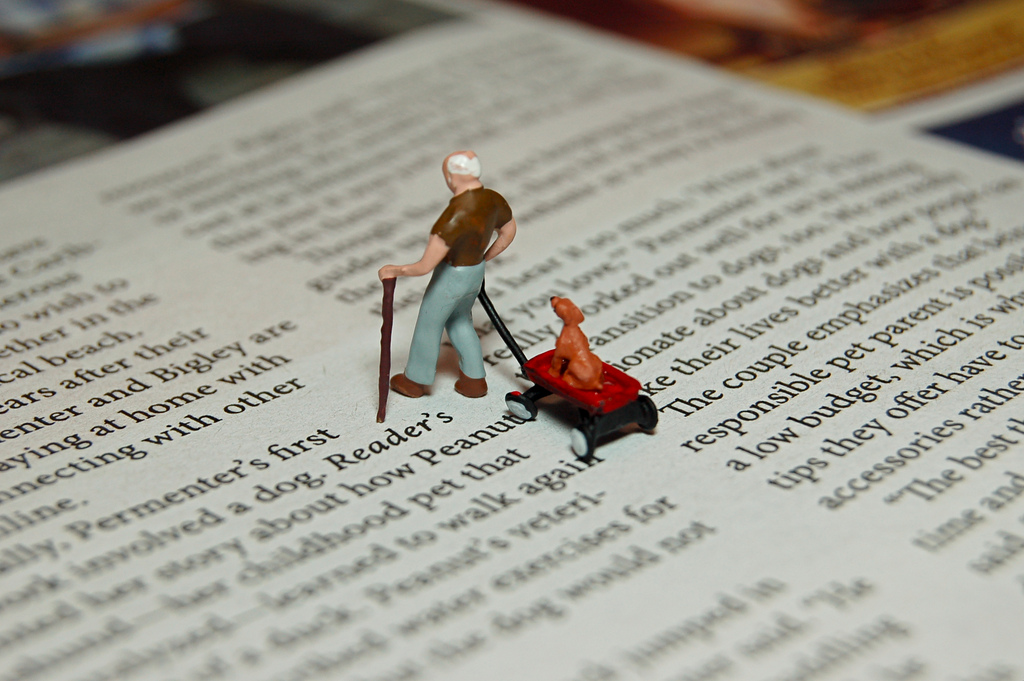ENGL 4790: Essay on More’s Utopia
Marks: 10% of the final grade (5—content; 5—organization and style)
Due Date: Oct. 5
Length: 1,000 words
Format: Argumentative/Persuasive Essay; MLA Style guidelines (7th or 8th ed.)
Description:
This assignment asks you to analyze closely one aspect of More’s Utopia. Doing so will develop your understanding of More’s text, but it will also prepare you to engage with other utopias later in the course since More’s text is the foundation for the genre. I will also be able to give you feedback on your writing that you can apply to later assignments. No secondary sources are required (a close analysis of the text is the basis of the assignment), but if one is used (including online sources) proper documentation is required.
Topics
- Discuss the extent to which Raphael’s utopia reflects one aspect of More’s Christian humanist ideology. Make sure that you begin with a concise account or description of the principle of Christian humanism that is most important in influencing the utopia.
- According to Dominic Baker-Smith, “The practice of holding goods in common is not just one feature of the Utopian polity [political structure, society], it is the transforming principle which makes all the others possible.” Discuss the extent to which this is true. Look for interesting and possibly overlooked ways in which the absence of private property leads to or influences other aspects of society. (More’s Utopia, Toronto: University of Toronto Press and Renaissance Society of America, 2000, p. 178.)
- Discuss More’s narrative technique and how it shapes the idea of utopia that the reader is asked to consider. You could examine his use of prefatory letters, dialogue, and/or narrators (including Raphael and the speaker, More).
- Justify or defend, from More’s point of view, the nature of one of the following in Utopia: slavery, war, political structure, religion, the role of women, travel.
- Is Utopia a satire or a serious attempt to provide a blueprint for an ideal society? Discuss.
Please follow the format outlined below:
(a) title page: centre the title, no bold or unusual scripts; no pictures; bottom right hand corner—your name, course name, instructor’s name, date. In MLA style, a title page is optional, but please include it.
(b) manuscript:
(i) 1” margins (right, left, top, bottom); page numbers in top right hand corner (1/2” from the top of the page), beginning with the first page of the manuscript (not including the title page)
(ii) double-space the whole manuscript, including quotations, notes, and the list of Works Cited
(iii) 10-12 point font, no unusual, ornamental or coloured fonts
(iv) indent paragraphs five spaces, or 1/2″
(v) indent block quotations 1”, or 10 spaces
–block quotations are required when over 3 lines of poetry are being quoted or when a prose selection takes up 3 lines of your text. Do not use quotation marks. Indent the quotation as above instead. Line references are included in brackets after the quotation, but outside the closing punctuation of the quotation. Reproduce the lines precisely as you find them in the text. If the line quoted is longer than your margins, indent 3 spaces from the previous margin.
(f) quotations that are blended into your text should be integrated grammatically. Include quotation marks, reproduce the text precisely, use a slash (/) to indicate the end of a line of poetry, and include a line reference in brackets within the period at the end of the sentence if that is where the quotation ends. If the title is used in the sentence, only a line number is used: In Beowulf, Hrethel “could not punish the killer in accordance with the law / of the blood feud, although he felt no love for him” (2466-2467). If the author’s name or title isn’t used in the sentence, include it in the reference: At one point, “equality of possessions” is said to be “the one and only way to social well-being” (More 52).
(g) No ellipsis marks (. . .) are necessary at the beginning of a quotation when integrating it into your sentence. If part of a quotation is omitted in the middle of a sentence (“a woman . . . the sun”), ellipsis marks must be used. If the quotation ends with the end of your sentence, no ellipsis marks are needed, but if the end of your sentence is not the end of the sentence you are quoting, ellipsis marks must be used, preceded by a period (“woman clothed with the sun. . . .” ) when not followed by a reference. When a parenthetical reference is used, the quotation is followed by four periods with a space in front of all of them as in the following: “woman clothed with the sun . . .” (Rev. 12.1).
(h) the Works Cited page is a separate page that is the last page of the manuscript. Works Cited (or Work Cited if you use only one text) should be centred at the top of the page: no underlining, unusual scripts or font sizes, or bold.
For formats of Works Cited entries and any other further details, see an MLA style guide (7th or 8th ed.) available through the TRU library website.


Provide Feedback